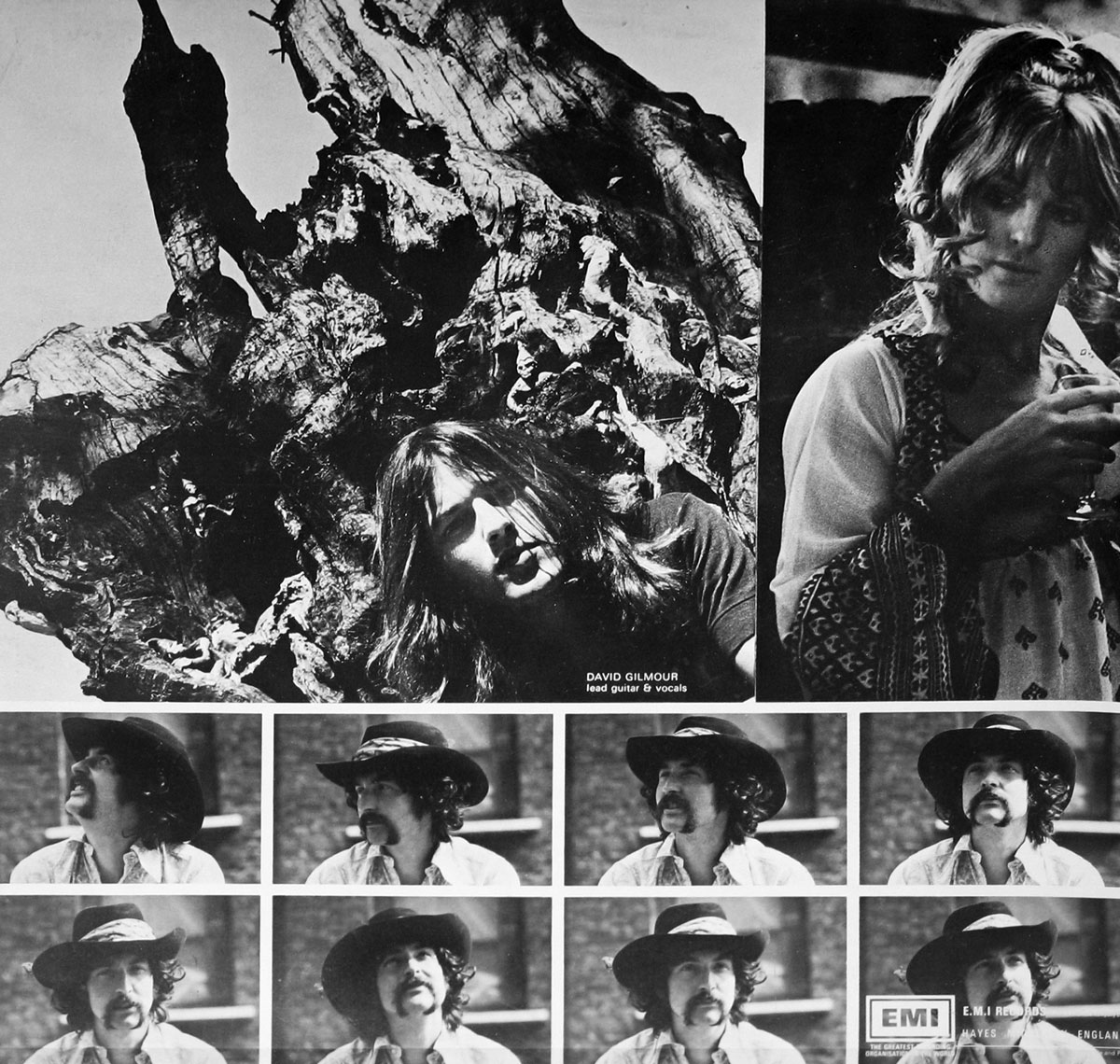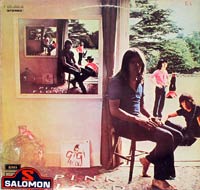"Ummagumma" Album Description:
The vinyl album "Ummagumma" by Pink Floyd, specifically the version featuring the Gigi cover, stands as a testament to the band's artistic evolution during the late 1960s. Released in 1969, within the context of the time period, this album marked a significant milestone for Pink Floyd and the progressive rock genre.
"Ummagumma" is renowned for its experimental and avant-garde approach, reflecting the broader cultural shifts and musical experimentation prevalent in the late 1960s. The psychedelic and progressive rock movement was gaining momentum, and Pink Floyd emerged as a pioneering force in pushing the boundaries of traditional rock music.
The cover design featuring Gigi, an artistic representation that was later censored in subsequent editions, captures the essence of the era's artistic freedom and expression. The inclusion of Gigi on the front cover aligns with the countercultural movements of the time, embracing unconventional and boundary-pushing artistic choices.
The gatefold cover design, a trademark of the progressive rock era, allowed for a more expansive canvas for visual expression. The variations in the Gigi cover on different editions added an element of intrigue and controversy, reflecting the dynamic nature of artistic interpretation and censorship prevalent during that period.
The decision to erase the Gigi picture in later editions could be seen as a response to evolving cultural sensitivities or perhaps an attempt to reach a wider audience. The censorship reflects the complex relationship between art and societal norms, a theme not uncommon in the turbulent 1960s.
The album's psychedelic and progressive rock influences are evident in its musical composition. Divided into two parts – one featuring live performances and the other showcasing individual studio experiments by band members – "Ummagumma" demonstrates Pink Floyd's willingness to explore uncharted musical territories. The album's unique structure and experimental sound contribute to its legacy as a landmark release in the progressive rock genre.
The iconic cover design and photography by Hipgnosis further solidify the album's status as a visual and auditory masterpiece. Hipgnosis, renowned for their work with various progressive rock bands, played a crucial role in shaping the visual identity of Pink Floyd during this era.
Pink Floyd Collector's Info:
Gatefold/FOC (Fold Open Cover) Album Cover Design. Several different versions of the Gigi cover on the front cover exist.
- The orginai release with the Gigi painting on the cover.
- A Censored with no Gigi and a white painting
- The Third version does not show the painting or cover of Gigi at all
|
Music Genre: Psych Acid Progressive Rock |
Album Production:
Side One & Two recorded Live at the MOTHERS, Birmingham & Manchest College of Commerce June 1969,.
Side three and four recorded in the Studio. Engineers: Brian Humpries & Peter Mew. Produced by Norman Smith
Album Cover Design and Photography: Hipgnosis
|
Record Label & Catalognr:
EMI Harvest SHDW 1 |
Record Format:
12" Double LP |
Year and Country:
1969 Made in Gt Britain |









